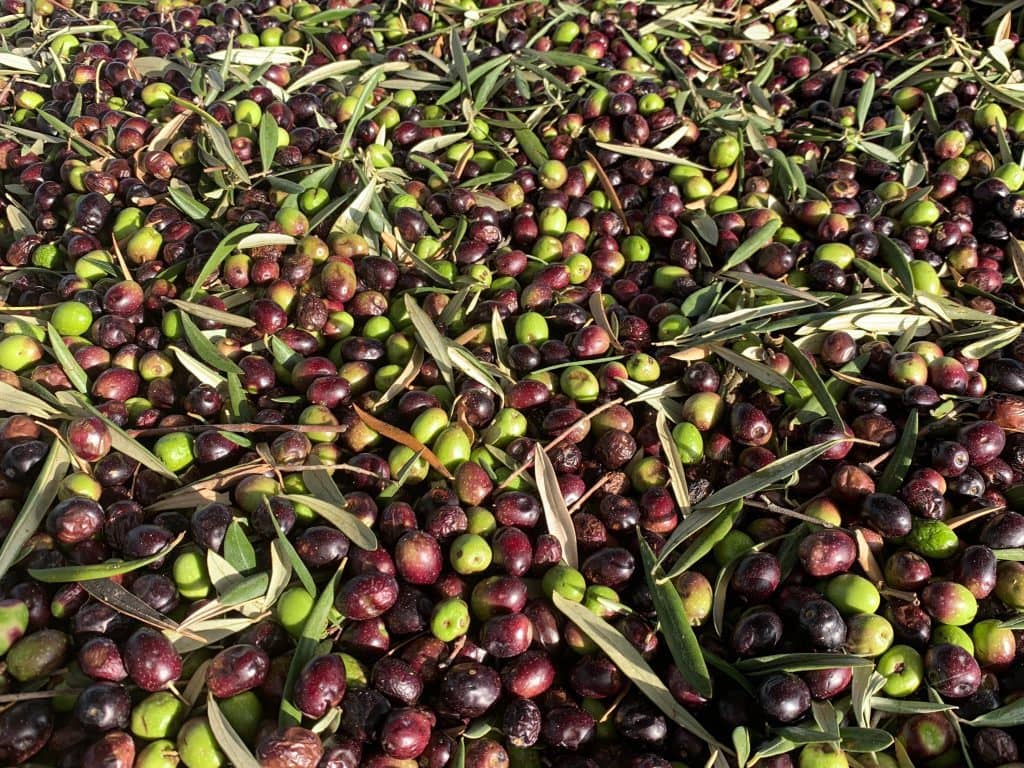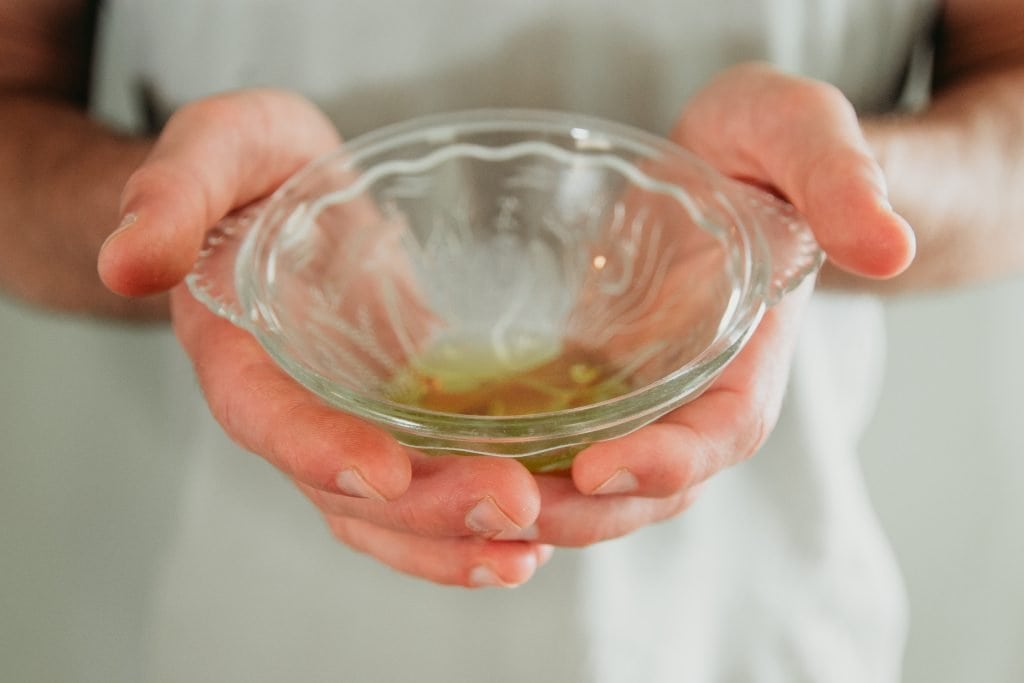Many factors distinguish the color, aroma and flavor of one olive oil from the next.
Taste is a matter of personal preference. Factors like the growing region, olive variety, timing and method of harvest all shape the flavor profile of an individual oil.

An olive oil’s quality is also graded upon its production method, acidity and flavor. The International Olive Oil Council (IOC) has governed these grades for 60 years.
A basic understanding of IOC standards can be incredibly helpful when selecting your next bottle of olive oil.
In This Article
The 3 Grades Of Edible Olive Oil
There are three primary quality grades for edible olive oil that you should know. Each grade divides into more granular distinctions. You’re most likely to encounter pure olive oil, virgin olive oil, and olive pomace oil on store shelves.

“Pure olive oil” refers to products created exclusively from fruit of the olive tree. In most cases, these bottles are simply labeled as “olive oil.” Solvents aren’t used during production, and the final product is not cut with seed oil. Pure olive oil often contains a mix of virgin and refined olive oil, with the proportion clearly labeled.
“Virgin olive oils” is also made from fruit of the olive tree. When compared with pure olive oil, the quality standard is higher. This impacts how the fruit is picked, processed and packaged. Olives are subject only to washing, decantation, centrifugation, and filtration. No synthetic refinement is allowed, or thermal exposure that may cause alterations to its structure.
“Olive pomace oil” refers to oil extracted from olive pulp. Pulp is a byproduct of the fruit’s first pressing. Extraction occurs through a high-heat process using solvents. This method is nearly identical to the production of many seed and vegetable oils. The final product is usually mixed with virgin olive oil before sale. It is the lowest grade oil sold in most markets.
Not All Virgin Oils Are Created Equal
You’ve probably encountered several distinctions of virgin olive oil on store shelves. Aroma, flavor and acidity are factors that distinguish one label from the next.

Extra virgin olive oil (EVOO) is the highest quality of oil available. Most people prefer it because of the excellent flavor, nutritional value and shelf life. The IOC denominates EVOO as oil of perfect flavor and aroma. EVOO has a maximum acidity of 0.8 grams per 100 grams of oil (0.8%).
Virgin olive oil is also judged to have a perfect nose and taste, but the acidity requirement is slightly relaxed. The IOC dictates that virgin olive oil should have a maximum acidity of 2 grams per 100 grams of oil (2%).
Ordinary virgin olive oil has a maximum acidity of 3.3 grams per 100 grams of oil (3.3%), and lower requirements for flavor and odor. This oil has notable defects and is not permitted to be bottled or sold in some regions like the European Union.
IOC deems oil with extreme defects or acidity greater than 3.3% is as not fit for human consumption. This is often caused by bad fruit or improper processing. Chemical refinement can render such oil odorless, tasteless and colorless. Some countries allow sale of product labeled as “refined olive oil.”
How To Distinguish Quality Oil
Olive oil represents quality cooking in kitchens around the world, but not all olive oil is equal.
The best way to ensure you are starting with a good oil is to locate the IOC designation on the product label. This seal indicates the oil has undergone rigorous testing. This includes 20 laboratory tests and a sensory tasting to verify its quality.
EVOO remains good for about two years after harvest. Most labels mark the harvest or “best by” date. Once opened, it’s best to use a bottle within about 3 months. Exposure to light, heat, and oxygen cause olive oil to go bad over time.
The most exact way to measure the quality of olive oil in your possession is through the acidity. As quality deteriorates, the oil’s acidity will increase. Because olive oil isn’t a water-based solution this can be very difficult to measure in at home.
You can, however, distinguish an olive oil’s changing characteristics through smell and taste.

Pour a small amount of olive oil into an open dish, and swirl to spread it out. Smell with deep wafts from just above the surface. Fresh olive oil should smell like ripe olives and perhaps slightly bitter, peppery, or grassy. Old oil is often characterized by the smell of crayons, putty, glue, fermented fruit, or even old fish. These odors derive from spoiled fats.
Finding An Olive Oil You Love
Developing your palette, and finding a delicious oil takes time and experimentation. As the sheer volume of “official” IOC quality tests might suggest, there is a lot of nuance involved. But just like fine wines, craft coffees and exotic teas, the process of finding the flavors you love can be a lot of fun.
The easiest place to begin your journey is with fresh, high quality oil. Using the seal of approved testers can save time and effort. A basic understanding of oil grades will save headaches when deciding which oils to choose from the grocer’s shelf.






